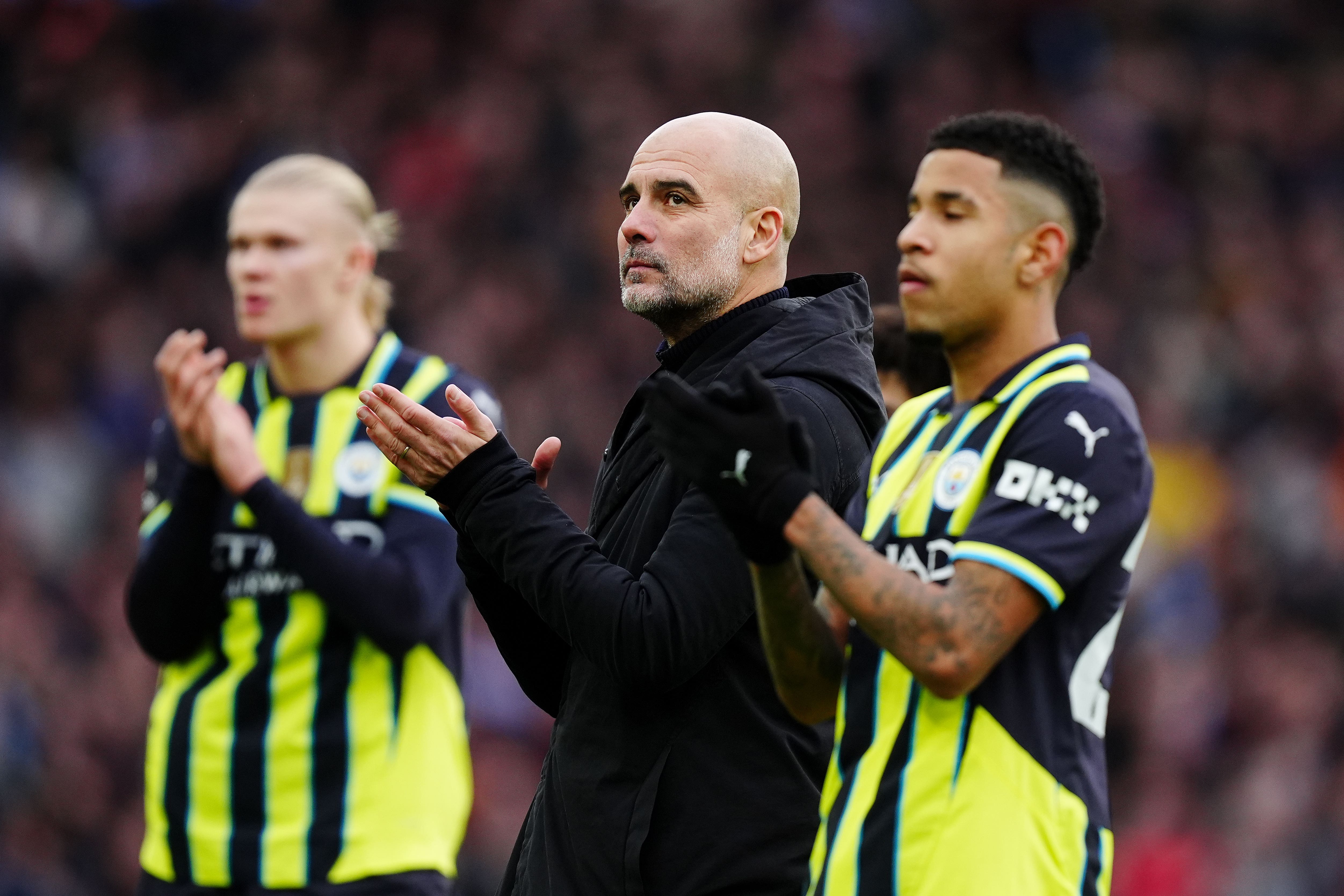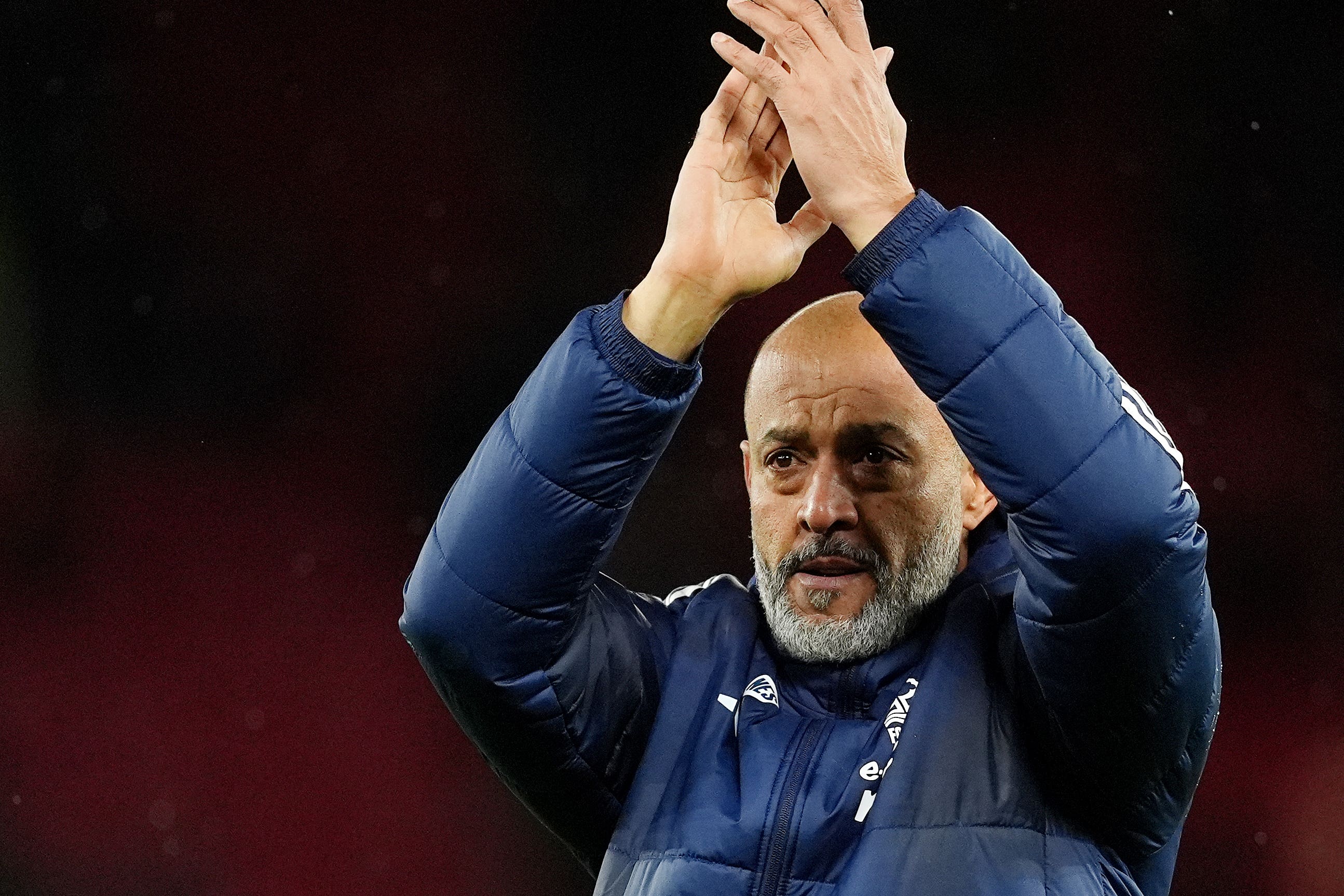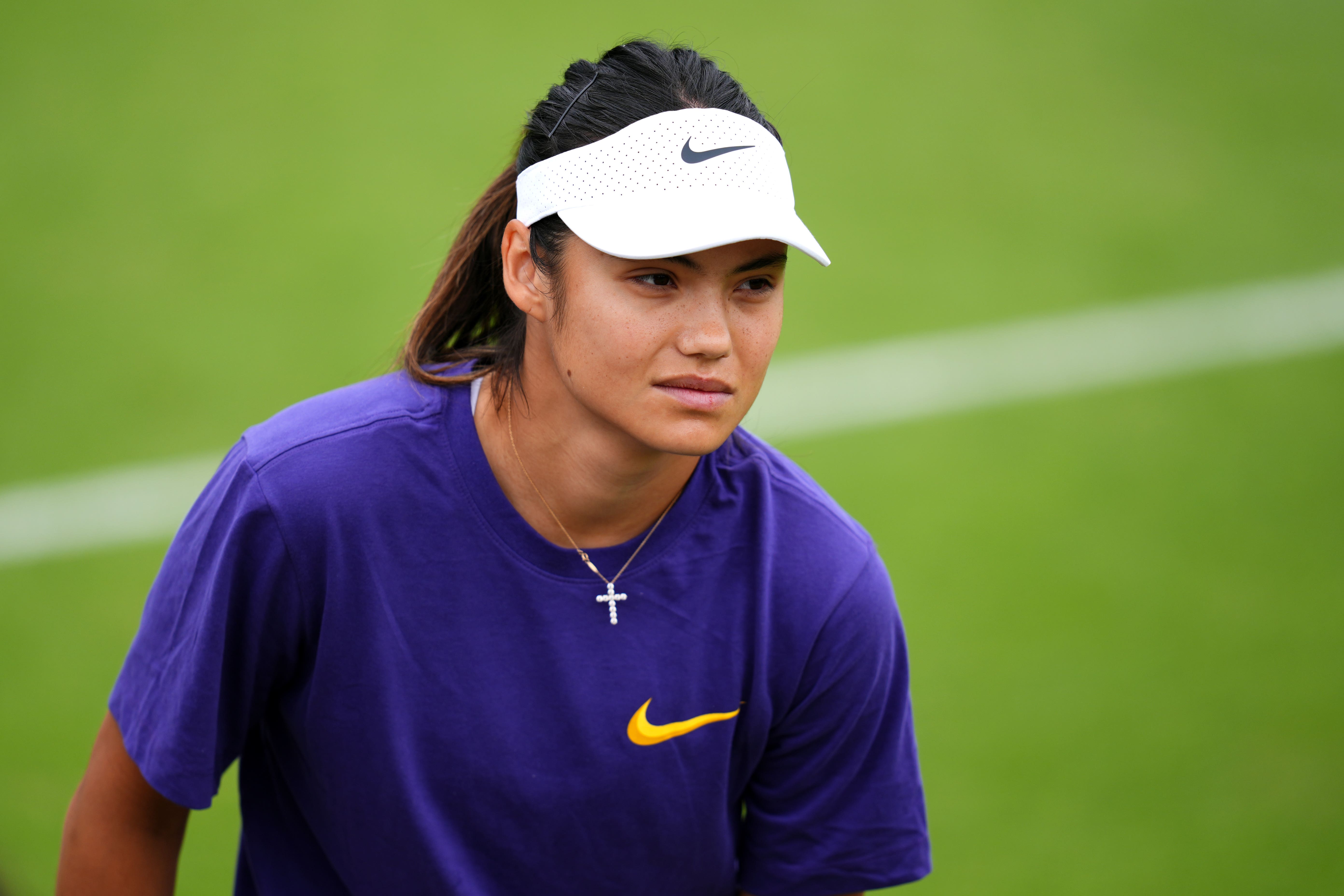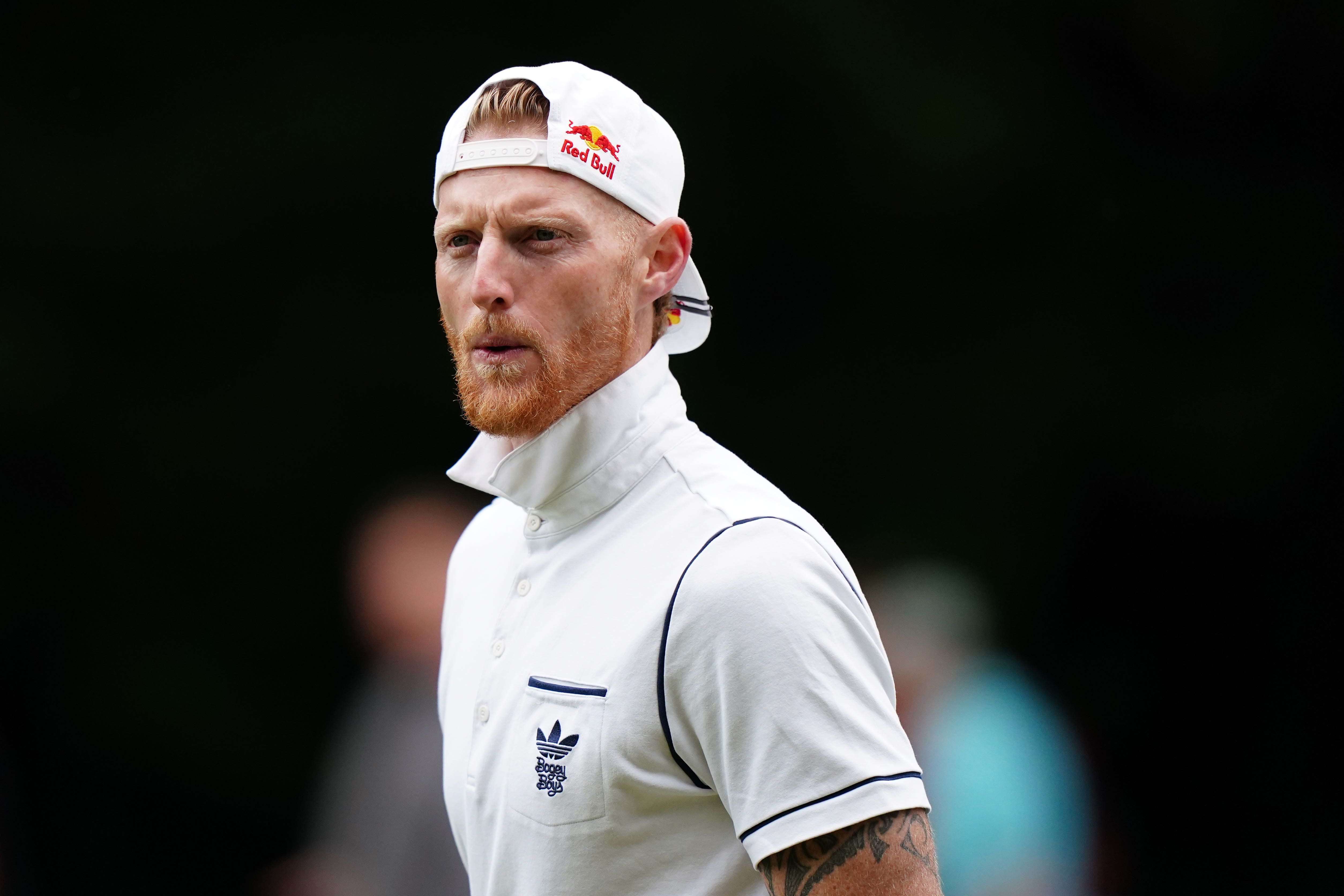Paul Sheehy and Chris Dunlavey trumpet health of US league and say producing American players is key. Like the rest of Washington, the rugby field on the National Mall was covered with snow this week. But Old Glory DC were safely indoors, preparing for the return of Major League Rugby, the US professional rugby union competition that kicks off year eight this weekend. “It’s about 73 degrees inside” the St James, the “sports, wellness and entertainment complex” in Springfield, Virginia, where Old Glory train, said Paul Sheehy, with a laugh.
![[Martin Pengelly]](https://i.guim.co.uk/img/uploads/2022/12/13/Martin_Pengelly.png?width=75&dpr=1&s=none&crop=none)
His Old Glory co-owner, Chris Dunlavey, laughed too, when asked if he was jealous of RFC Los Angeles, MLR rivals who spent some of preseason in Fiji, where they pushed the Drua of Super Rugby before going down 33-26. The short version is it’s no surprise it’s cold in the mid-Atlantic and in the north-east, where the defending-champion New England Free Jacks play, but things will warm up once Old Glory start the season in Florida on Saturday, against the Miami Sharks.
![[Jack Iscaro of Old Glory DC takes on the Chicago Hounds defense.]](https://i.guim.co.uk/img/media/d4925d5a4a769a7a78a807e0168fad01bf3da4a5/283_295_4322_2593/master/4322.jpg?width=445&dpr=1&s=none&crop=none)
The league is one team lighter, the Dallas Jackals having withdrawn. “We have 11 teams today that I think are, across the board, the strongest ownership groups we’ve ever had,” said Dunlavey, a partner in a program management firm and club rugby lifer who has co-owned Old Glory with Sheehy (a leading auto-salesman, once a US Eagles wing) since day one in 2020. “When Paul and I first met Dean Howes, the commissioner at the time, one of the things he told us was that essentially MLR was modeled on the organization and business plan that Major League Soccer had pursued for the preceding 20 years. Which has proven to be a successful formula in terms of a new league in the US.
![[Jack Iscaro presses the flesh at a fundraiser for Washington Youth Rugby.]](https://i.guim.co.uk/img/media/0c1823b479ad3f01d25f781113f829f862654026/0_0_6000_3600/master/6000.jpg?width=445&dpr=1&s=none&crop=none)
“He told us, ‘You’re going to lose some clubs along the way. You should expect there’s going to be some shakeout between those clubs that develop a really lasting ownership backing and others where they’re just in the wrong business or the right circumstances don’t transpire to keep them functioning. You’re going to lose some teams. “That doesn’t mean that’s a threat to the overall business plan of the league, particularly if your average ownership group is getting stronger and deeper-pocketed, and more professional and more businesslike as time goes on, which I think is what has happened to us.”.
Year one was 2018. Seven teams took the field. Five are still playing, in San Diego, Houston, Utah, New Orleans and Seattle (champions in 2018 and 2019). But founding teams in Glendale, Colorado, and Austin, Texas, are gone and so are the first LA team (champions in 2021, out in 2022) and New York (champions in 2022, out in 2023.) Toronto also exited in 2023, while Atlanta moved west, to become RFCLA.
Hailing a new TV deal with ESPN – “I don’t think I’ve ever heard as much positive press and texts and contacts about the league” – Sheehy said: “As we approach [Old Glory’s] season six, we’ll be heading down to Miami. You get a sense when you travel to these stadiums of the progress the league’s making. You can see the fanbase that’s growing. Miami last year was a new team, and they just had an incredible set-up. I had never visited Seattle. I visited them last year, and it was a tremendous game. The Free Jacks play-off game we lost, they put on an excellent show [in Quincy, Massachusetts]. Their fanbase really turns out.
“So everywhere you go in this league, you’re seeing growth, you’re seeing excitement, you’re seeing entertainment. Rugby is growing.”. That certainly seems to be the case in the DMV – the District of Columbia, Maryland and Virginia – where junior tag rugby flourishes and high-school and college tackle programs range from fledglings to perennial national championship contenders, in the case of Gonzaga, a boys’ high school in DC.
Sitting atop all that, MLR is fast and raw. There are a lot of foreign coaches and players, from Australia, New Zealand, South Africa, the Pacific islands, the UK and Europe, Argentina and Uruguay too. Argument rumbles on about how many Americans should be playing, given the pressing need to improve the men’s national team ahead of a US World Cup in 2031. Sheehy and Dunlavey have partnered with the Scottish Rugby Union. This year, they have a Scottish head coach, Simon Cross; a Scotland lock, Rob Harley, as captain; and a capped Scotland full-back in Damian Hoyland. They have signed Steffan Hughes, an experienced center from the Dragons in Wales but the two owners say such imports must help develop homegrown players.
Dunlavey said: “I think it was our third year when Paul and I met and determined we were going to make a commitment to what we believe MLR should be about, which is the development of American talent, in support of our international team’s performance and in the broader interest of growing the game and developing interest and loyalty among supporters. We really wanted to be the leading organization within MLR in developing domestic talent.































